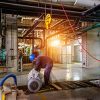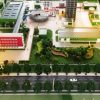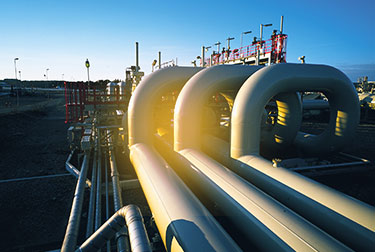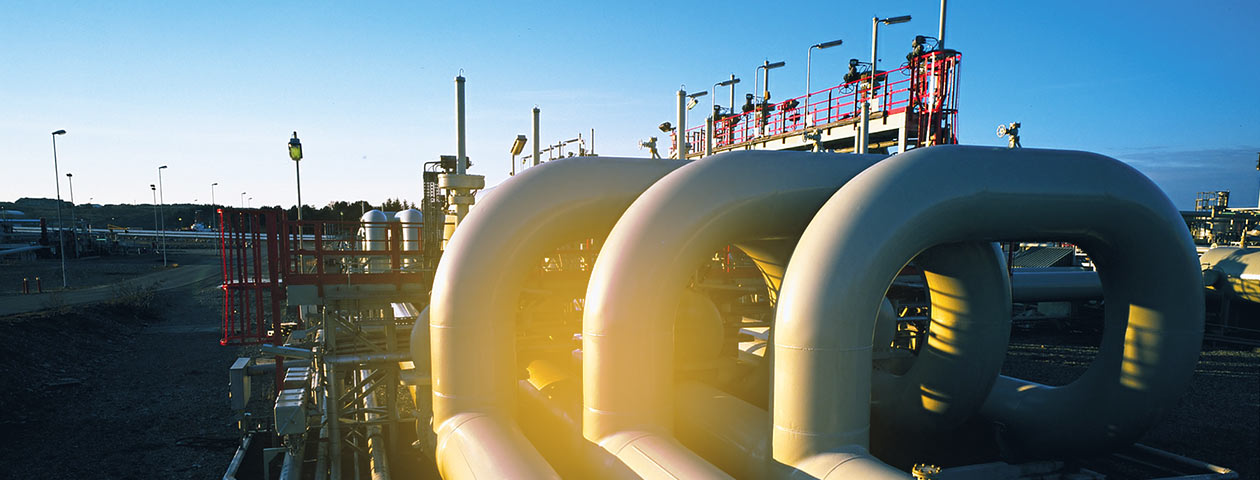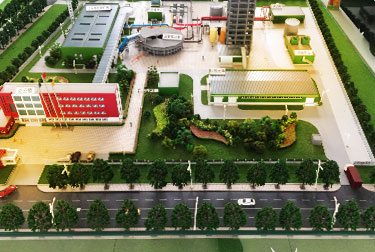

No toxic gases released to atmosphere and create alternative fuel which reduces dependence on petroleum and gas.
The main equipment of this unit is circulating fluidized-bed boiler of medium temperature & medium pressure (3.82 MPa, 450 ℃) and steam-condensing-type turbo-generator set.
The fuel of the circulating fluidized-bed boiler is the pyrolytic carbon from rotary bed, pyrolysis oil from oil and gas separator, and the remaining purified pyrolysis gas except that used by rotary bed. The air supply system comprises a primary air system and a secondary air system. The source of the air is the stench of the waste pretreatment unit. The primary air system mainly provides fluidized media for circulating fluidized-bed boiler, so that the fuel can be in a fluidized state in the boiler chamber and serve as the conveying medium of fuel feed system. The secondary air system mainly provides combustion air for circulating fluidized bed.
High temperature flue gas from combustion system flows through the high efficiency cyclone separator. Large fly ash particles in the flue gas are separated and return to the hearth while flue gas flows through the heating surface at boiler tail and goes through desulphurization and dust removal system. Then, the purified flue gas is sent to the chimney by induced draft fan and then discharged into the atmosphere. The NOx emission requirements of the flue gas can be achieved by using the SNCR system.
The superheated steam enters the main steam pipe after coming out of the outlet of the steam header of waste heat boiler, which is connected to the main throttle valve of turbine through shut-off valve. Then, the steam enters the turbine to gain mechanical work for power generation. Then, the steam is discharged into condenser to be cooled by the circulating water to become condensate, which is then sent to the steam sealing heater and the low pressure heater for preheating through condensation pump and is then sent to the deaerator. The main stream pipeline is equipped with a temperature reducer and a pressure reducer, which can be used to provide low pressure steam to other units without interruption.
The condensate is deoxidized in the deaerator and is then sent to the feed pump by low pressure water supply pipe. Then, the condensate is sent to the inlet header of coal economizer of waste heat boiler through high pressure water supply pipeline. Then, the condensate absorbs heat in the boiler and turns into superheated steam. Then, the steam reenters the turbine to gain mechanical work, which forms a work cycle.
The output voltage of the generator is 10.5 KV. According to the approval of the local power access system of the project, the transformer is promoted to the approved voltage and then transferred to the designated transformer station.

